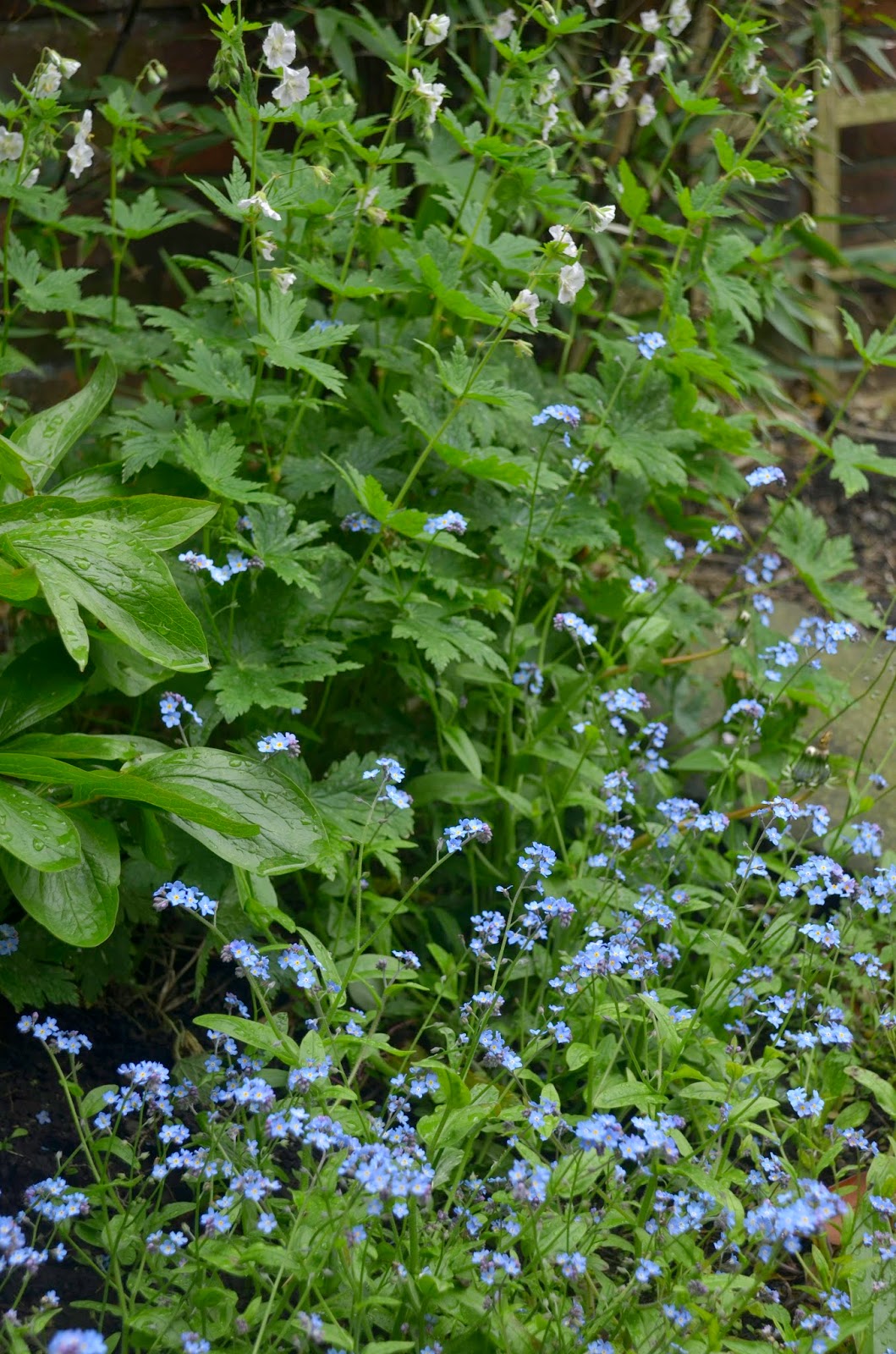 |
| Daichi-ji, Shiga Prefecture, Japan |
 |
| Shutlingsloe Hill, Cheshire, England |
 |
| Landscape in the palm of your hand |
 |
| Stone river flowing |
Atmosphere arises in infinite forms. Passing as if vapours within and beyond our conscious awareness. We are affected by it all. An infinity of potential, of memory, an infinity of songs of being. By its very composition and existence the garden is always changing, moment by moment, season to season. In the Kyoto gardens of the Heian period (794-1185) the aristocracy savoured the fragility of life in the passing of the seasons, in the brief glory of cherry blossom before the tears of fallen petals coat the ground in a flurry of 'snow-drift'. For the courtiers and nobility the recognition and interpretation of atmosphere through perception was known as mono no aware, the 'pathos of all things'.
 |
| Spring 'snow' carpeting moss |
In the Japanese garden the creative perception of the garden creator is governed by intention and awareness. It is this that is strived for through practice. Seeing the flowing in the static, and the staid in the flowing. The constant movements through time and space, the flow of everything. As electromagnetic fields come together they synchronise and so interpenetrate; they become one dance. The rock and the petal together in one movement. The viewer becomes part of the fabric of the garden, and the garden an extension, a mirror of the viewer. In a space bounded only by linear consciousness, the heart perceives and knows the infinity of existence, feels the constant ebb and flow. The garden acts as a prism bringing sharply into focus the awareness of landscape, mountains and water. The interconnectivity of it all.
Harmony is never static, but in ceaseless change. The gardener a servant of the garden, much as its master. In change the heart perceives harmony. In the awareness of flow comes peace, because in becoming whole we recognise our place. The garden through atmosphere and perception becomes greater than the sum of its parts. The language of the song with which it sings is Beauty. The colour of Beauty is emotion, so we are nudged or shocked into dancing with ourselves mirrored in the garden's gaze.
"Life as a whole expresses itself as a force that is not to be contained within any one part."
Goethe
To follow this blog: the 'Follow by E-mail' facility is now operating. Don't miss a beat and sign in.
If you enjoyed this, or any other post, please let me know! If there are specific aspects of the Japanese garden tradition you are interested in, please let me know. Thanks.


No comments:
Post a Comment